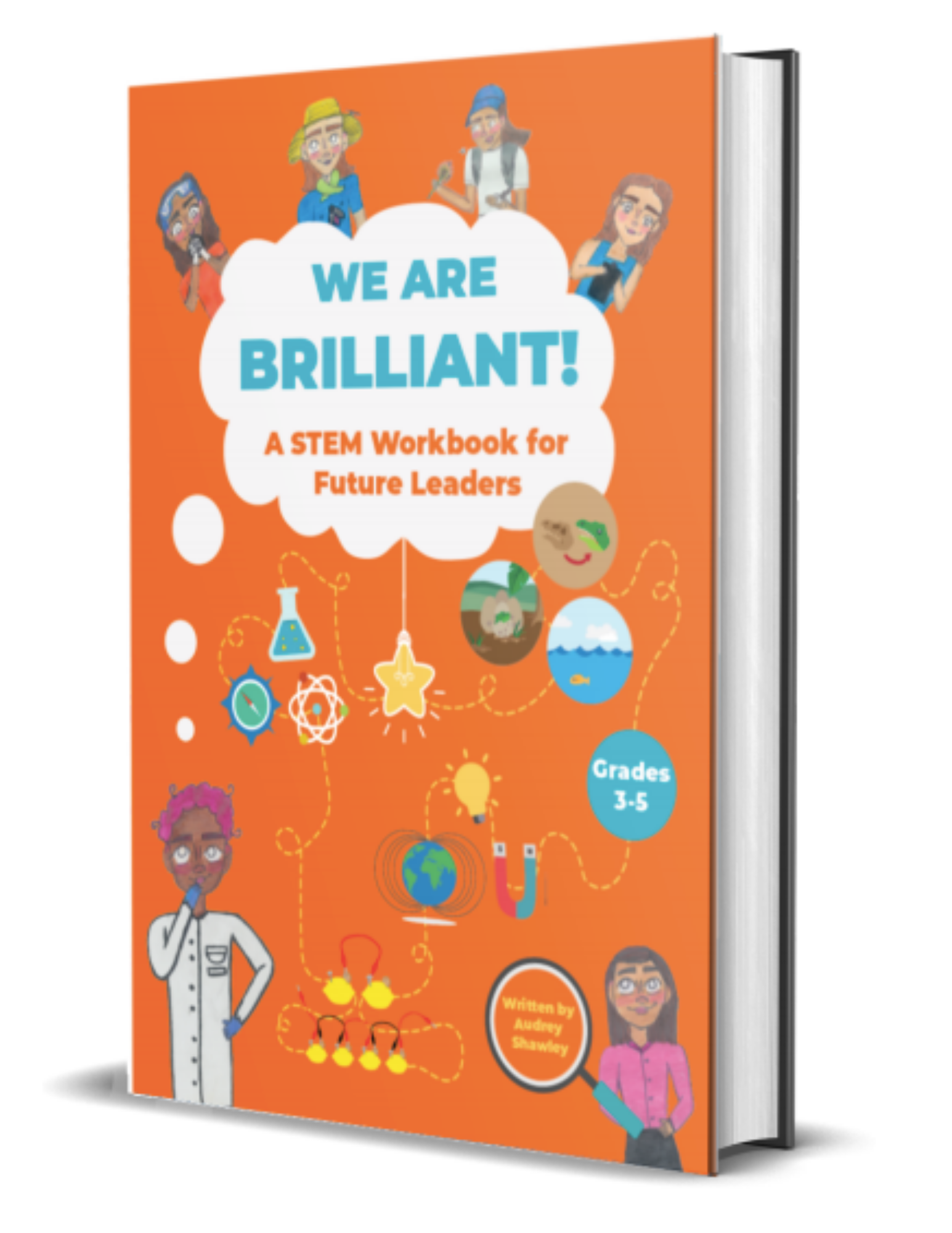Have you ever wondered how magnifying glasses work? Today we’re going find out by building a pair of jello lenses and seeing what type of images they make!
MATERIALS:
1 package of gelatin/Jell-O (light colors work best)
¾ cup of water
A bowl and spoon for mixing
Clear glass plate or bowl with a flat bottom
Paper towels
Cutting board
Various size spoons or measuring cups with rounded bottoms
Microwave access
TIME ESTIMATED:
4-5 hours (to allow time for the jello to set)
DIRECTIONS:
First, have an adult heat the water in a microwave for 90 seconds.
Pour the gelatin powder into the mixing bowl and carefully add the hot water. Stir for around 2 minutes.
Let the mixture cool for 10 minutes.
Cover your cutting board with paper towels and place your measuring cups or spoons on top.
Fill each cup with the gelatin mixture. Be careful not to spill it, it’s sticky!
Move the cutting board and cups to the fridge to cool for 4 hours.
When hardened, remove them from the fridge and have your clear plate or bowl ready.
Wet your hands so the jello won’t stick and gently remove the lenses from the cups.
Add a little water to your bowl and place the jello lenses flat-side down.
Move the bowl/lens over different things to see how the lenses work!
Think Like a Scientist!
Do the larger jello lenses make things look different than the smaller ones?
HOW DOES IT WORK?
Today we learned about a special field of physics called optics. Here we study light and the way it moves, including in lenses! A lens can bend or change the direction of light, like a pair of glasses, a magnifying glass, or even parts of our eyes. When light travels from one material to another, it changes direction and speed in a process called refraction. This is exactly what happens when light travels through our jello lenses. We made one side of the lens curve outwards so it bends the light to make the object seem larger!
Further exploration:
Lenses are commonly used in eyeglasses, but even if we don’t have a pair, we’re using lenses every day to see! This is because each eye contains a lens that determines how clearly we see things. When our vision is blurry, this means the lenses in our eyes aren’t focusing things correctly. Optometrists are doctors who study the eyes, and they can help correct blurriness by prescribing glasses or other treatments.
ANTICIPATED CONCERNS:
Be sure to have an adult heat the water and help with mixing it!
Looking for more fun at-home STEM activities for your young scientist? Check out our workbook full of exciting science experiments and empowering activities!
Learn more and purchase today!


